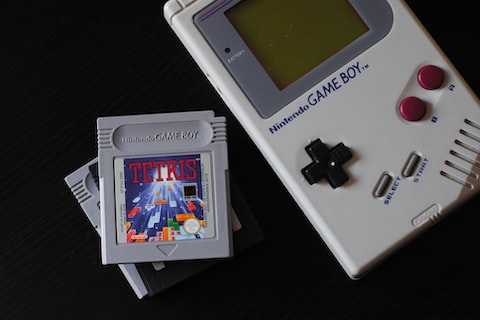From Pixels to Immersion: The Evolution of Gaming Graphics
Gaming has come a long way since its inception, and one of the most significant advancements has been the evolution of gaming graphics. From simple pixelated images to highly immersive and realistic visuals, the journey of gaming graphics is nothing short of remarkable.
In the early days of gaming, graphics were limited by the technology available. Games were often represented by low-resolution pixel graphics, with blocky shapes and minimal details. However, these limitations didn’t dampen the enthusiasm of gamers, who were captivated by the magic of gaming itself.
As technology progressed, so did gaming graphics. The introduction of 2D graphics brought a new level of depth and complexity to games. Sprites became more detailed, and characters and environments were rendered with greater precision. Games like Super Mario Bros. and Sonic the Hedgehog became iconic examples of the 2D gaming era.
But it wasn’t until the arrival of 3D graphics that gaming truly entered a new dimension. With the advent of powerful graphics cards and consoles, developers could create lifelike characters, realistic environments, and breathtaking visual effects. Players could now explore vast open worlds and engage in realistic simulations that felt almost like stepping into another reality.
Today, gaming graphics have reached unprecedented levels of realism and immersion. High-definition graphics, advanced lighting techniques, and intricate details make games visually stunning. Whether it’s a breathtaking landscape, an intricately designed character, or a thrilling action sequence, gaming graphics have the power to transport players to a whole new world.
The evolution of gaming graphics hasn’t just been about aesthetics; it has also revolutionized gameplay. Realistic visuals enhance the overall gaming experience, making it more engaging and enjoyable. The level of immersion that can be achieved with modern graphics is unparalleled, allowing players to connect with the game on a deeply emotional level.
With the rapid advancements in technology, the future of gaming graphics looks even more promising. Virtual reality (VR) and augmented reality (AR) are set to redefine the way we perceive and interact with games. These technologies will create an even more immersive and lifelike gaming experience, blurring the line between the real and virtual worlds.
In conclusion, the evolution of gaming graphics has been a fascinating journey. From humble pixel graphics to immersive and realistic visuals, gaming has become a visual art form. Advances in technology have transformed gaming into a mesmerizing and captivating experience. So, gear up and get ready to embark on a visually stunning gaming adventure!

